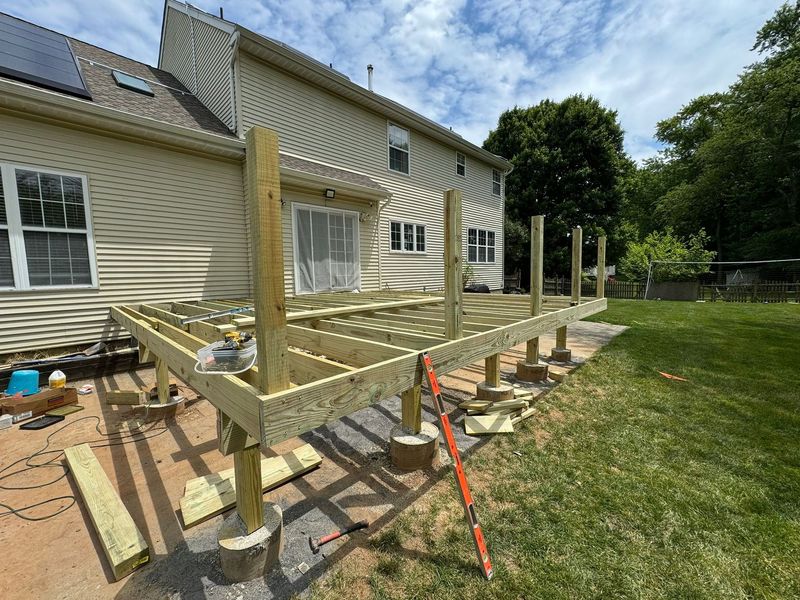Introduction
When it comes to home improvement, the choice of paint can significantly impact the health and well-being of your family. Traditional paints often contain Volatile Organic Compounds (VOCs), which can evaporate into the air, contributing to indoor air pollution and various health issues. For health-conscious homeowners, exploring low-VOC paint options is essential. This comprehensive guide will delve into everything you need to know about low-VOC paints, from their benefits to how they compare with traditional paints. We'll also cover practical tips on application and maintenance to ensure that your home remains a safe and inviting space.
Low-VOC Paint Options for Health-Conscious Homes
Low-VOC paint options have gained popularity for good reasons. They provide a safer alternative without compromising on quality or aesthetics. But what exactly are we talking about when we say "low-VOC"?
What Are VOCs?
Volatile Organic Compounds are organic chemicals that can easily become vapors or gases. They are found in various household products, including paints, solvents, adhesives, and even cleaning supplies. Prolonged exposure to VOCs can lead to numerous health problems like headaches, dizziness, respiratory issues, and even long-term complications such as liver or kidney damage.

Benefits of Low-VOC Paint
Improved Indoor Air Quality: The most significant advantage is that low-VOC paints release fewer harmful chemicals into your home environment, making it safer for children and pets.
Odor Reduction: Traditional paints often have strong odors due to high VOC levels, while low-VOC options typically have milder scents.
Environmental Impact: Many low-VOC paints are made from natural ingredients and are less harmful to the environment during production and disposal.
Performance: Modern low-VOC formulations offer excellent durability, coverage, and finish quality comparable to their higher VOC counterparts.
Regulatory Compliance: Many regions now require reduced VOC emissions in household products; using low-VOC paint ensures compliance with these regulations.
Types of Low-VOC Paints
1. Water-Based Paints
Water-based paints generally have lower VOC levels compared to solvent-based ones. They are easy to clean up with soap and water and dry relatively quickly.
- Pros: Easy cleanup, fast drying time. Cons: May not be as durable for high-traffic areas unless specifically formulated.
2. Natural Paints
Natural paints are made from natural substances like plant oils, resins, and earth pigments.
- Pros: Eco-friendly; no synthetic chemicals. Cons: Often more expensive; may require more coats for full coverage.
3. Zero-VOC Paints
While technically not completely free of all VOCs (as even natural ingredients can emit trace amounts), zero-VOC paints aim for minimal emissions.
- Pros: Often suitable for people with sensitivities; good performance. Cons: Limited color choices; may require additional additives for optimal performance.
4. Specialty Low-VOC Paints
These include specific formulations designed for unique applications like kitchen or bathroom environments where moisture resistance is crucial.
- Pros: Tailored solutions for specific needs. Cons: Can be pricier than standard low-VOC options.
How to Choose Low-VOC Paint Options?
Choosing the right low-VOC paint involves several considerations:
1. Purpose of the Room
Different rooms serve different functions—what works in a roofing contractors living room may not be suitable for a bathroom or kitchen due to humidity levels affecting paint performance.
2. Color Selection
Selecting colors is both an art and a science! One should consider how light interacts with colors throughout the day when making choices.
3. Finish Types
The sheen level (flat, satin, semi-gloss) can affect durability and washability; higher sheens often perform better in high-traffic areas but may show imperfections more easily.
4. Brand Reputation
Look into brands known for producing high-quality low-VOC products like Benjamin Moore’s Natura line or Sherwin Williams’ Harmony line; read reviews before purchasing!
FAQs About Low-VOC Paint Options
1. What does “low-VOC” mean?
Low-VOC refers to products that contain fewer volatile organic compounds than traditional options—usually below 50 grams per liter—making them safer for indoor use.
2. Are low-VOC paints more expensive?
Generally speaking, yes—but many users find that the benefits outweigh any additional costs!
3. How long does it take for low-VOC paint to dry?
Drying times vary based on brand and environmental conditions but typically range from one hour up to several hours before re-coating is advisable.
4. Can I still get vibrant colors with low-VOC paint?
Absolutely! Most manufacturers offer a wide palette that includes vibrant colors while adhering strictly to their low-emission standards!
5. Do I need special tools when applying low–VOC paint?
No special tools are necessary beyond typical painting supplies—brushes/rollers/sprayers work just fine!
6. Can I mix different brands of low–VOC paint?
Mixing different brands isn’t recommended due primarily because formulations might differ enough that they won’t blend seamlessly together! Stick with one brand throughout your project whenever possible!
Conclusion
Incorporating low-VOC paint options into your home not only enhances its aesthetic appeal but also contributes positively towards creating a healthier living environment for you and your loved ones! By considering factors such as room function, color selection, finish types—and roofing contractors leaning toward reputable brands—you’ll make an informed choice that aligns perfectly with both style preferences AND wellness goals!
As society becomes increasingly aware of health impacts associated with indoor air quality—choosing wisely has never been more critical! So go ahead—transform those walls while keeping safety top-of-mind!
This article explores the importance of choosing the right type of paint in our homes while advocating environmental consciousness—a combination every modern homeowner should embrace wholeheartedly!